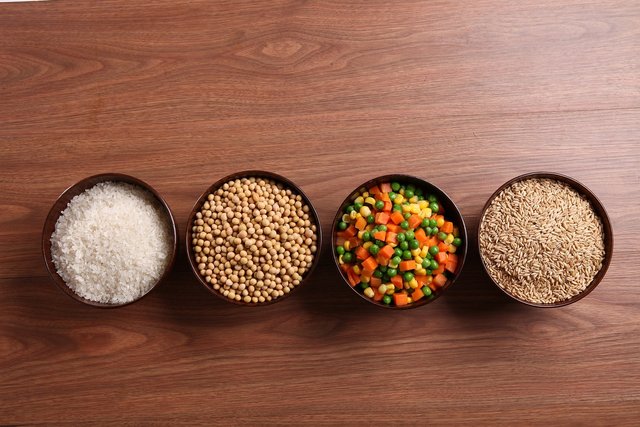Whole Grains

Whole grains offer a “complete package” of health benefits, unlike refined grains, which are stripped of valuable nutrients in the refining process.
All whole grain kernels contain three parts: the bran, germ, and endosperm. Each section houses health-promoting nutrients. The bran is the fiber-rich outer layer that supplies B vitamins, iron, copper, zinc, magnesium, antioxidants, and phytochemicals. Phytochemicals are natural chemical compounds in plants that have been researched for their role in disease prevention. The germ is the core of the seed where growth occurs; it is rich in healthy fats, vitamin E, B vitamins, phytochemicals, and antioxidants. The endosperm is the interior layer that holds carbohydrates, protein, and small amounts of some B vitamins and minerals.
These components have various effects on our bodies:
Bran and fiber slow the breakdown of starch into glucose—thus maintaining a steady blood sugar rather than causing sharp spikes.
Fiber helps lower cholesterol as well as move waste through the digestive tract.
Fiber may also help prevent the formation of small blood clots that can trigger heart attacks or strokes.
Phytochemicals and essential minerals such as magnesium, selenium and copper found in whole grains may protect against some cancers.
Reference:
https://www.hsph.harvard.edu/nutritionsource/what-should-you-eat/whole-grains/